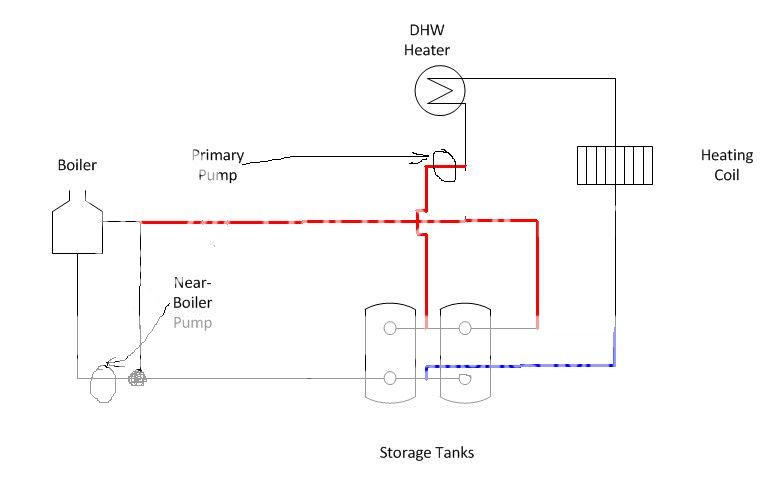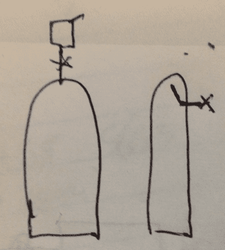I have 2-250 gallon propane tanks that I am going to sit vertically and am wondering if I need
to have an air vent on the very top "tip" of the tank. It seems to me that there would be no other way for air to get out. My supply ports are located on the vertical surface about 6-8 inches from the top. I still have the tanks at the welding shop and can have them just add one more 3/4 inch port if need be.
to have an air vent on the very top "tip" of the tank. It seems to me that there would be no other way for air to get out. My supply ports are located on the vertical surface about 6-8 inches from the top. I still have the tanks at the welding shop and can have them just add one more 3/4 inch port if need be.



